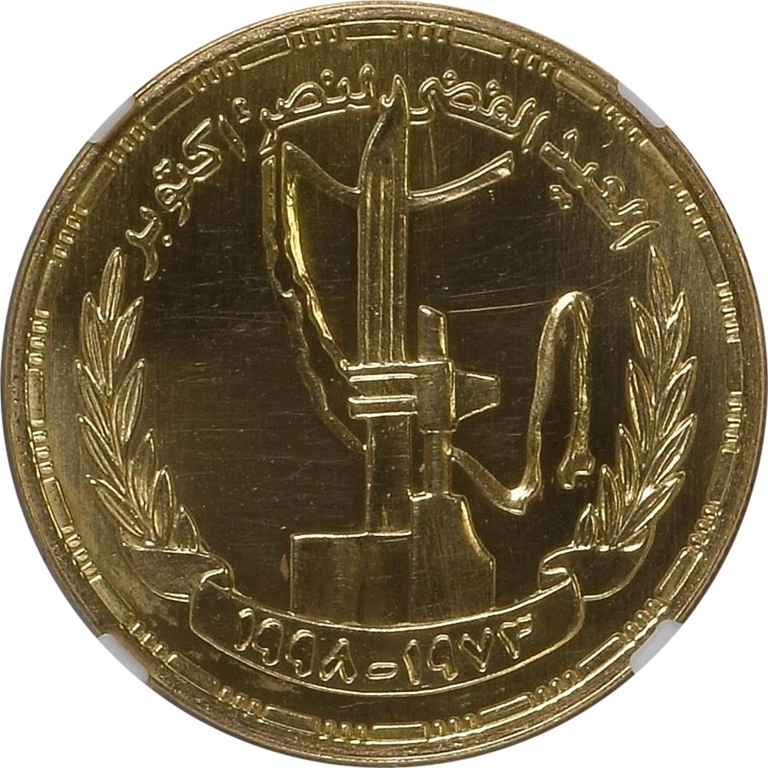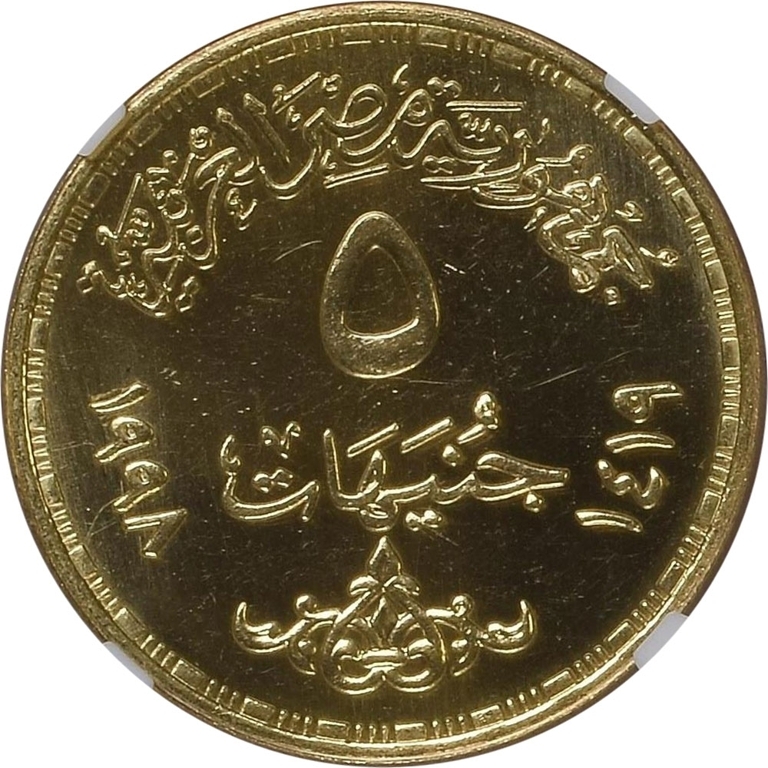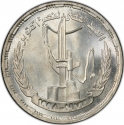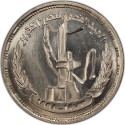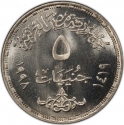You are about to finish your registration. Please check your mailbox (including spam folder). There should be a letter with a confirmation link. Check setting to make sure that your e-mail address is correct.
Send letter againDescription
The Yom Kippur War, Ramadan War, or October War, also known as the 1973 Arab–Israeli War, was a war fought by a coalition of Arab states led by Egypt and Syria against Israel from October 6 to 25, 1973. The fighting mostly took place in the Sinai and the Golan Heights, territories that had been occupied by Israel since the Six-Day War of 1967. Egyptian President Anwar Sadat also wanted to reopen the Suez Canal.
The war began when the Arab coalition launched a joint surprise attack on Israeli positions in the Israeli-occupied territories on Yom Kippur, the holiest day in Judaism, which also occurred that year during the Muslim holy month of Ramadan. Egyptian forces crossed the cease-fire lines, then advanced virtually unopposed into the Sinai Peninsula. After three days, Israel had mobilized most of its forces and halted the Egyptian offensive, resulting in a military stalemate. The Syrians coordinated their attack on the Golan Heights to coincide with the Egyptian offensive and initially made threatening gains into Israeli-held territory. Within three days, however, Israeli forces had pushed the Syrians back to the pre-war ceasefire lines. The Israel Defense Forces (IDF) then launched a four-day counter-offensive deep into Syria. Within a week, Israeli artillery began to shell the outskirts of Damascus. The Israelis then counter-attacked at the seam between the two Egyptian armies, crossed the Suez Canal into Egypt, and began slowly advancing southward and westward towards the city of Suez in over a week of heavy fighting that resulted in heavy casualties on both sides.
By October 24, the Israelis had improved their positions considerably and completed their encirclement of Egypt's Third Army and the city of Suez. This development led to tensions between the United States and the Soviet Union, and a ceasefire was imposed cooperatively on October 25 to end the war.
Obverse

|
Depicts the Battle of Ismailia Monument in front of a map of Sinai surrounded by a wreath of olive with a ribbon, dates below (1973-1988). The inscription "Silver Jubilee of Victory in the October War" above. العيد الفضي لنصر أكتوبر |
|---|---|
Reverse

|
Denomination divides dates, the country name "Arab Republic of Egypt" above. جمهورية مصر العربية |
| Edge |
